
So Xiaomi has finally made available their latest flagship series to international markets with the global launch of the Xiaomi 13 and Xiaomi 13 Pro.

This time around, they are bringing the Leica imaging tech to the entire lineup. Check out our full review of the Xiaomi 13 and why their partnership with Leica is reshaping their smartphone photography game.
Table of Contents
We were a bit surprised to learn during the unboxing of the Xiaomi 13 that they’ve actually redesigned the phone from the ground up. For the past couple of years, the design has been leaning towards the rounder, curvier body with soft lines.

That was the trend for most flagships back then. But this time, the looks of the Xiaomi 13 is a huge departure from the previous generations.

That’s not the only odd thing we noticed — its big brother, the Xiaomi 13 Pro, looks completely different. Case in point — the Xiaomi 12 and 12 Pro looked exactly the same except for the display and body size. Even the Xiaomi 12T Pro was pretty close.

This time around, the Xiaomi 13 and 13 Pro have almost nothing in common at first glance — completely different design DNA. Not that it’s a huge deal, but perhaps there is a new strategy here.

Some people we showed the device to have told us that the Xiaomi 13 is giving off that iPhone 14 vibes and we kinda agree in some sense. The flat front display and tapered edges at the back allow for a firmer grip with one hand. That means better handling when using the phone to play games and there are also fewer chances for accidental touches around the edges of the screen.

You have the power button and volume rocker on the right, SIM tray slot, primary mic, Type-C charging port and speaker grills all lined-up at the bottom. There’s nothing on the left side, while the second speaker grill is at the top along with the second noise-canceling mic and the IR blaster.
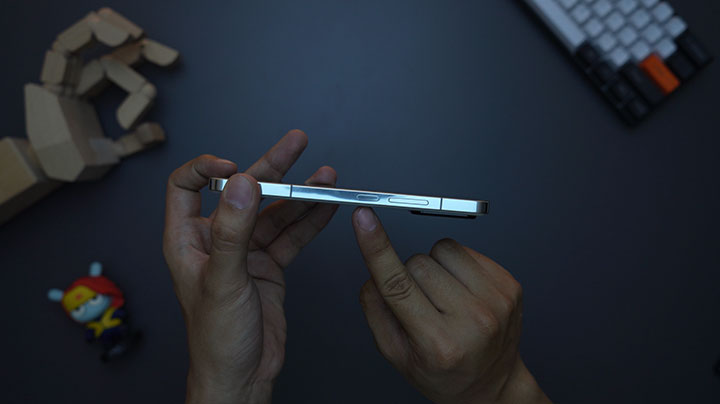

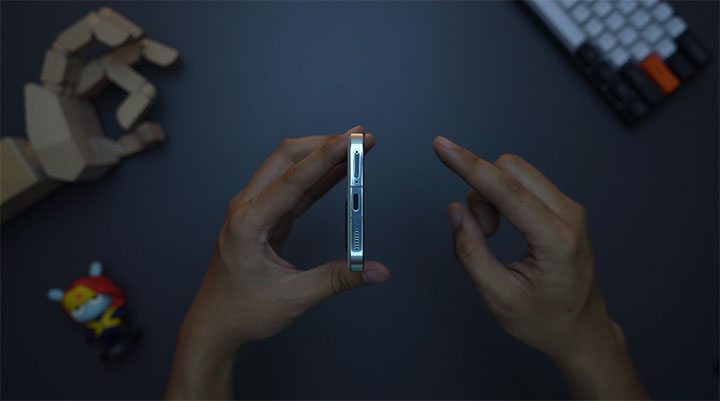
At the back, you have the large camera module with dual-tone flash and the triple Leica rear camera which we’ll get into later. This is surrounded by a 2.5D glass back panel in Flora Green colorway which subtle and really nice especially when it passes light at the right angle.

For biometrics, you get either face unlock or fingerprint unlock. The fingerprint sensor is placed a little lower on the screen and seems kinda awkward to reach to with one hand. We didn’t get the same impression on the Xiaomi 13 Pro. Nevertheless, the sensor is pretty fast, responsive and very accurate. We very rarely see it fail in the past weeks we’ve been using it.
And did we mention that the phone also has an IP68 rating for water and dust resistance? That means you don’t have to worry if your unit is accidentally dropped on the swimming for no reason at all. You also get a heart rate sensor using the in-display fingerprint sensor.
At the front, we have a 6.36-inch AMOLED panel with a full HD+ resolution and 120Hz AdaptiveSync — which means it can adaptively change between 1Hz to 120Hz depending on the screen usage making it more power efficient.

It’s flat and not that big but because of the very slim bezels (just 1.61mm thick), you get a more immersive display that has a 93.3% screen-to-body ratio.

The Samsung E6 OLED panel used in the Xiaomi 13 is basically the same one used in the iPhone 14 Pro and Pro Max as well as the Galaxy S23 Ultra that promises a peak brightness of 1,900 nits.
And it does show — you get a vibrant screen, great contrast, vivid yet accurate colors and very bright display that is still vieawable in the outdoors even under direct sunlight.
The display is also protected by Corning’s Gorilla Glass 5 and framed by a lightweight aluminum allow in soft, glossy finish.
And finally, let’s talk about the cameras. The Leica partnership is quite controversial because for about 5 years, the previous partnership with Huawei has given the latter a lot of “pogi points” and placed them on the map.

When Xiaomi announced the collaboration by Leica, expectations were high. More than camera performance and the engineering behind it, the Leica name gives a Xiaomi that premium appeal.
The primary camera has a 54MP Sony IMX 800 54MP sensor with a 50MP effective resolution. This wide-angle Vario-Summicron lens has an f/1.8 aperture with Hyper Optical Image Stabilisation. This one-inch sensor is the same sensor found in the Xiaomi 12 S Ultra we tested last year and we were impressed with it back then.
Photos are vibrant, great dynamic range and details are clear from center to the corners of the scene especially with landscape shots.
When you activate the Leica mode, the colors become more prominent just like this shot of the fileds with the mountain in the background during our trip in Tanay, Rizal. The indoor shots of this Anya hotel’s lobby and suite room in Tagaytay showed very good dynamic range. Check out the full photo gallery below:
This portrait shot did a good job with subject separation and the bokeh of the background is creamy smooth [ISO 50, f/2.0, 1/476s shutter speed]. The camera software had a bit of a hard time with my fuzzy hair but the results looked good.

The second one is a Noctilux-M telephoto camera with 10MP sensor with f/2.0 aperture and an optical zoom ranging from 0.6 to 3.2x zoom. Zoom shots like this one tend to lose a little bit of color in favor of detail.

The 3rd one is a 12MP ultra-wide camera with f/2.2 aperture. Ultrawide shots look good as well and over-all, the imaging capabilities of the Xiaomi 13 is impressive even nights shots like these capture a lot of light and detail.

There’s a slew of camera tricks and features that are just too many to enumerate but that ones worth mentioning are the options to shoot in Leica Vibrant and Leica Authentic so you’d get that look.
As for the front camera, it’s got a 32MP in-display selfie with f/2.0 aperture and can take 1080p videos at 30fps.
Video recording can go as high as 4k@60fps or 8k@24fps. Slow motion video is an impressive 1920fps at full HD 1080p. That is the highest frame rate we have ever seen in any smartphone camera ever.
The slow-mo feature is also very easy to use, although it can be quite tricky to capture the desired action you want to be captured in slow motion.
Powering the Xiaomi 13 is an Android 13 based MIUI 14 with a more optimized and added design optimization from the previous generation. Some features like virtual Pets and Plants that is not found in the global version.

We used to see a lot of pre-installed apps in previous generations of this phone but this one seemed like pretty free of any bloatware.
There are a lot of customization options here and you’d probably be spending many hours tinkering around with the UI and all the settings.

One of the the most useful feature we found here is the ability to change the custom size of any icon in the Homescreen. A few hidden gems here include Back tap, Sidebar, Gesture shortcuts and Second space.
Powering the Xiaomi 13 is the latest Qualcomm Snapdragon 8 Gen 2 chipset with an integrated Adreno 740 GPU. You also get either 8GB or 12 GB of fast LPDDR5 RAM. Our review unit comes with 12GB of RAM and an additional 7GB of RAM extension.
The performance is absolutely crazy — we’re getting very scores from benchmark results starting with Antutu score of over 1.25 million. Internal storage is also a beast, thanks to UFS 4.0 technology. We got 3,500MB/s read speeds and 2,700MB/s write speeds in our test scores.

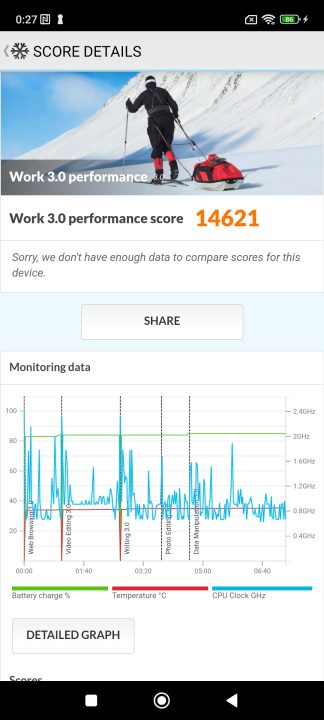
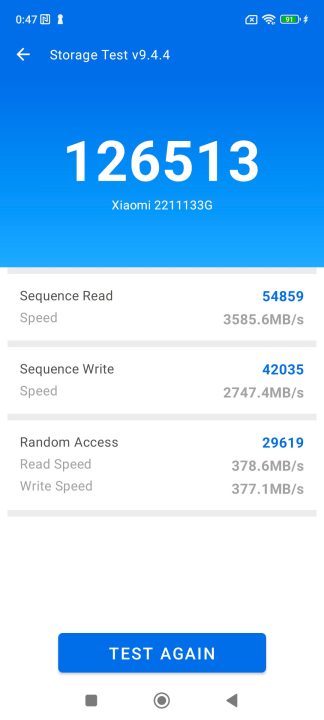

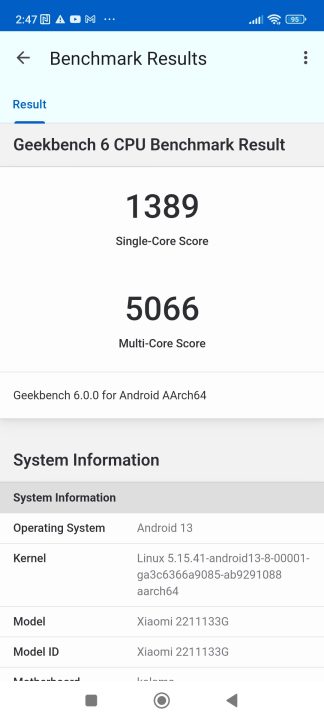
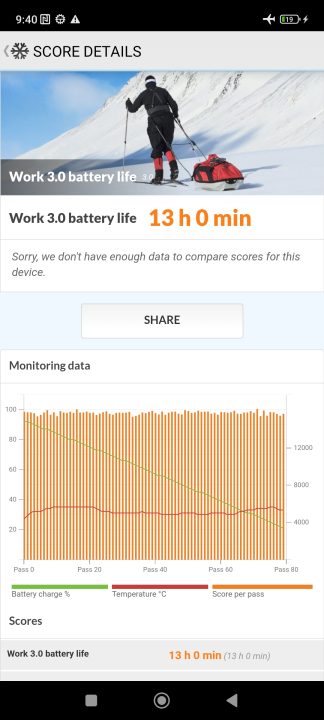
All these combinations of hardware makes the Xiaomi 13 blazingly fast, can load up a couple dozen apps and not even choke thanks to the 12GB RAM and the additional 7GB of extended RAM.
Gaming is a breeze and with Game Turbo 4, you can customize your gaming experience by choosing to either boost performance or conserve battery life, whichever the game requires.

Whether it’s Mobile Legends with the low latency capabilities of WiFi 7 and dual 5G, or the immersive graphics you can enjoy on Asphalt 9, and even the heavy graphics requirement when you play Genshin Impact, the Xiaomi 13 handled all of them without any hiccups. That’s on top of the dozens of other apps running in the background.
Heat management is also superb — no overheating after hours of playing. The Xiaomi 13 gets an A+ for great performance.
The Xiaomi packs a 4500mah battery which is decent for its size and is actually bigger than most other flagships of its caliber. It is also the same capacity as that of the Xiaomi 12 so you would think that they will have the same battery life, right?

Well, it turns out the Xiaomi 13 has done a bit better. Our battery benchmark showed it got exactly 13 hours on a single full charge at 50% brightness, zero volume and in airplane mode while the Xiaomi 12 got 11 hours and 41 minutes. That’s a little more than 10% more battery life on the Xiaomi 13, all thanks to a more efficient chipset and software optimization.

In terms of charging, we still get the same old 67W wired fast charging, 50W wireless charging and 10W reverse wireless charging. It also supports Quick Charge 4.0 and Power Delivery 3.0 for more compatibility with different 3rd party chargers. It can last more than a day on moderate use but hardly lasts two full days based on our experience.

Xiaomi claims zero to 100% in 38 minutes for wired charging and 48 minutes for wireless. So far those claims holds true when we tested using the native charger that came in the box. The reverse wireless charging can be useful if you have two phones and one badly needed a quick charge or this is also useful for smart watches or earbuds that support wireless charging.
As for connectivity, the Xiaomi 13 has got the works — dual nano-SIM with 5G support, NFC, Bluetooth 5.3 and WiFi 7.

It also comes with a built-in IR blaster which you can use as a remote control for your home appliances like TVs, aircon and the likes — works very much like a universal remote control. This is one feature you seldom see in any other smartphone other than Xiaomi, so props to them for still including this.
All things considered, the Xiaomi 13 is everything we expected it to be and more. The design refresh is a welcome change, at least for us. Perhaps Xiaomi wanted to draw a more distinct line between the non-Pro and Pro variants, thus the different design. So we expect the non-Pro and the line variants to look similar and the Pro variant and that leaked Ultra variant to look the same.
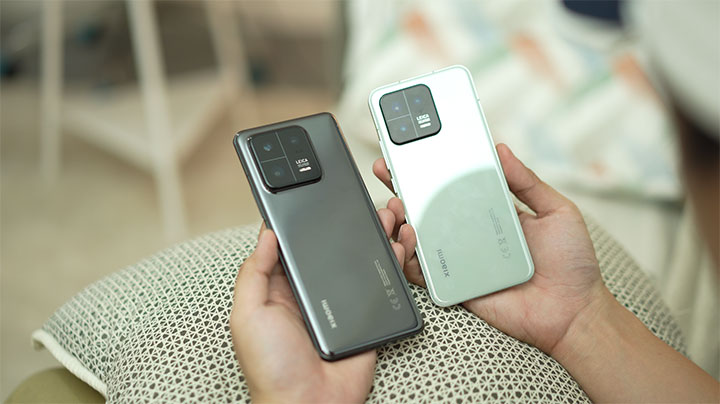
Hardware-wise, there’s nothing to complain about. The Snapdragon 8 Gen 2, 12GB RAM and 256GB UFS 4.0 gave it excellent marks in our benchmark tests.
Battery is on the average side but it has all sorts charging tech that makes up for it.

The camera, well, you be the judge. We certainly liked it — performs great in most scenarios, including low-light and night shots with tons of features added to give you that Leica feel.
All that in Xiaomi’s usual price point that’s not too heavy on the wallet. the Xiaomi 13 will start at €999.
Xiaomi 13 specs:
6.36″ E6 OLED @ 1080 x 2400 pixels, 20:9, 120Hz
Dolby Vision, HDR10+, HLG, 1900nits
Qualcomm Snapdragon 8 Gen 2
8GB, 12GB LPDDR5 RAM
256GB UFS 4.0 internal storage
54MP/50MP IMX800 wide-angle camera, f/1.8, 7P lens, HyperOIS
Leica Vario-Summicron 1:1.8-2.2/15-75 ASPH
4K @ 60fps, 8K @ 24fps
10MP telephoto camera f/2.0, Leica 75mm Noctilux-M, 5P lens, 0.6 – 3.2x optical zoom
12MP ultrawide camera f/2.2
32MP in-display selfie camera f/2.0
1080p @ 30fps
Dual nano-SIM, 5G
NFC
Bluetooth 5.3
WiFi 7
IR Blaster
Dual speakers, Dolby Atmos
Android 13 based MIUI 14
4500 mAh with 67W Turbo Charging, 50W Wireless, 10W Reverse Wireless
189 grams (weight)
152.8mm x 71.5mm x 7.89mm (dimensions)
More Xiaomi 13 Update

YugaTech.com is the largest and longest-running technology site in the Philippines. Originally established in October 2002, the site was transformed into a full-fledged technology platform in 2005.
How to transfer, withdraw money from PayPal to GCash
Prices of Starlink satellite in the Philippines
Install Google GBox to Huawei smartphones
Pag-IBIG MP2 online application
How to check PhilHealth contributions online
How to find your SIM card serial number
Globe, PLDT, Converge, Sky: Unli fiber internet plans compared
10 biggest games in the Google Play Store
LTO periodic medical exam for 10-year licenses
Netflix codes to unlock hidden TV shows, movies
Apple, Asus, Cherry Mobile, Huawei, LG, Nokia, Oppo, Samsung, Sony, Vivo, Xiaomi, Lenovo, Infinix Mobile, Pocophone, Honor, iPhone, OnePlus, Tecno, Realme, HTC, Gionee, Kata, IQ00, Redmi, Razer, CloudFone, Motorola, Panasonic, TCL, Wiko
Best Android smartphones between PHP 20,000 - 25,000
Smartphones under PHP 10,000 in the Philippines
Smartphones under PHP 12K Philippines
Best smartphones for kids under PHP 7,000
Smartphones under PHP 15,000 in the Philippines
Best Android smartphones between PHP 15,000 - 20,000
Smartphones under PHP 20,000 in the Philippines
Most affordable 5G phones in the Philippines under PHP 20K
5G smartphones in the Philippines under PHP 16K
Smartphone pricelist Philippines 2024
Smartphone pricelist Philippines 2023
Smartphone pricelist Philippines 2022
Smartphone pricelist Philippines 2021
Smartphone pricelist Philippines 2020